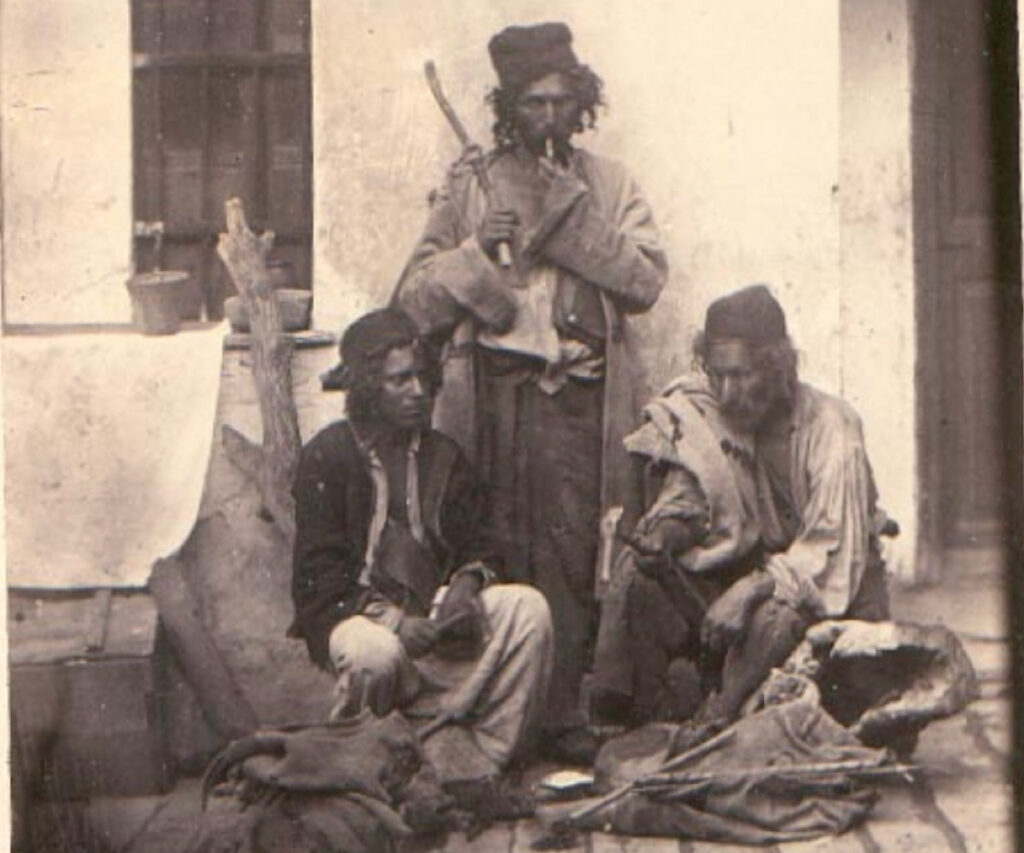Roma were enslaved in the regions of present day Romania, until the end of the XIXth century. This slavery started very early, in the XIIIth century in Walachia and Moldova as well as a bit later in Transylvania. It lasted until 1848 in Transylvania and 1856 for Walachia and Moldova, the two states that joined around that time to become Romania.
This slavery was unique to present-day Romania and did not exist anywhere else.
The Slaves
This slavery allowed to buy, sell, use and abuse Roma, exactly as the slavery of Africans in the USA. Slaves were divided in three categories, with somewhat different fates: Slaves of the State, slaves of the Church, and slaves of common people.
The slaves of the state were the most privileged ones, as de-facto, they had to pay a yearly tax and where otherwise pretty free to move and do whatever they wanted. Slaves of the Church were more restricted and usually bound to the lands, as were the slaves of common people. These latter ones soon lost their original culture and language.

The Aftermath
Some Vlach Roma fled the region and settled in present day Serbia or in the Ukraine, the ancestors of the Serbian Gurbeti and the Ukrainian Service.
Roma from that region, the so-called Vlach Roma, were profoundly marked by this slavery. Several of their traditions, such as paying for the bride, are related to paying the owner of the bride who would loose a slave. This tradition is unique to the Vlach Roma. It also marked to this day the views of Romanians towards Roma. Very similarly to the USA, segregation is still prevalent, and the views of people on Roma are full of stereotypes.
Many Vlach Roma left the country with the abolition of the slavery, and can nowadays be found the world over. Many went to Western Europe, a majority of them via Russia and then fleeing the revolution, expanded through the Balkans and Eastern Europe, and even moved to the Americas with large colonies of Vlach Roma in Brazil and in Argentina.
At the abolition of slavery, roughly 250 thousands Roma were freed in Walachia and Moldova. With the overall increase of the Romanian population since then (a factor of 5), this means that there are more than 1.5 Mio Roma in Romania, and probably closer to 2 Mio.